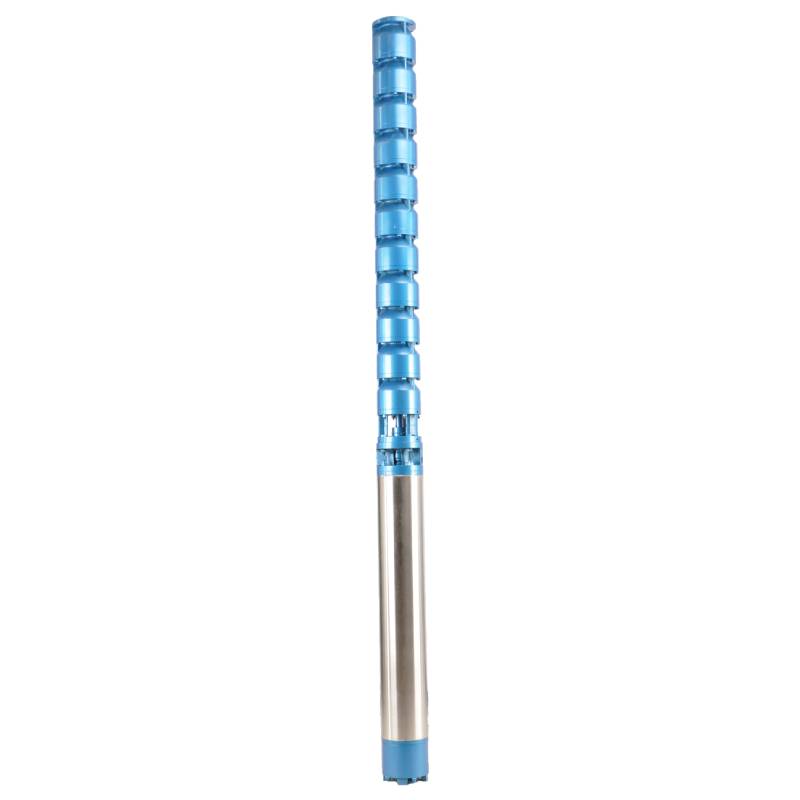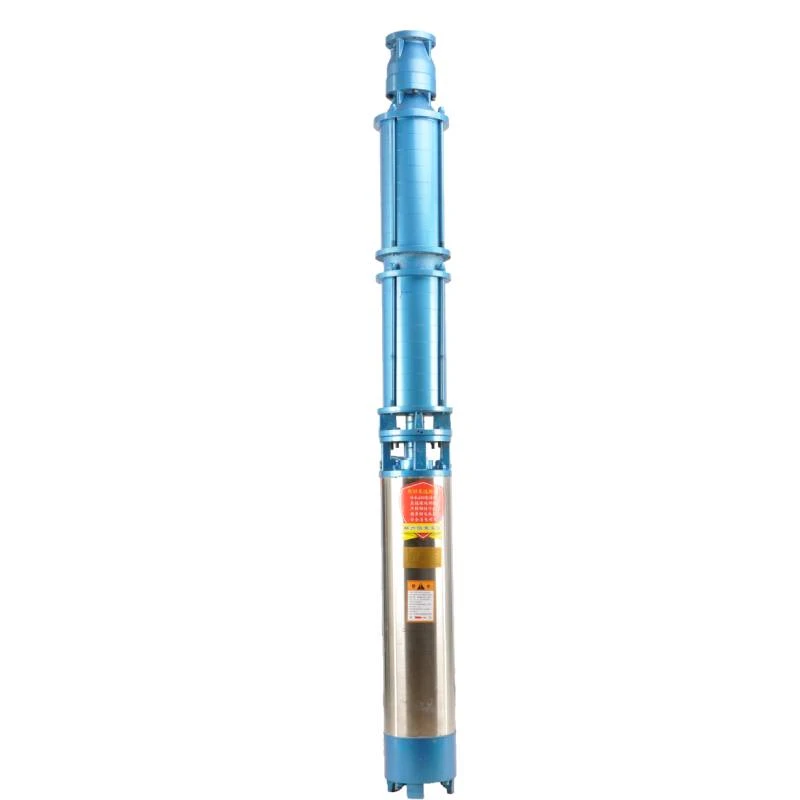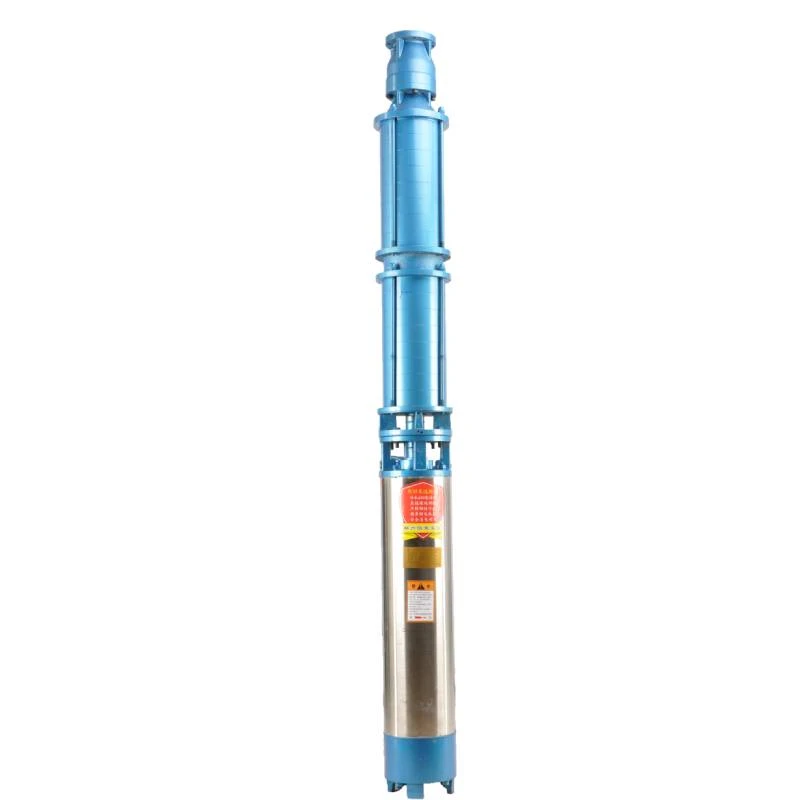ធ្នូ . 26, 2024 16:03 Back to list
submersible pump float switch
Understanding Submersible Pump Float Switches A Comprehensive Overview
Submersible pumps are widely utilized in various applications, including drainage, sewage, and groundwater pumping. Their design allows them to operate underwater, making them highly effective for moving water from one location to another. However, to ensure smooth operation and automation, submersible pumps often depend on float switches. This article will explore the importance, functionality, and types of float switches used with submersible pumps.
What is a Float Switch?
A float switch is an automatic device that detects the level of liquid in a tank, well, or other body of water. It consists of a buoyant material that floats on the water's surface and is attached to a switch mechanism. When the water reaches a predetermined level, the buoyant float activates or deactivates the switch, which, in turn, controls the operation of the submersible pump.
Importance of Float Switches
Float switches are crucial for the smooth and efficient operation of submersible pumps. The primary function of these switches is to prevent the pump from running dry, which can damage the pump and lead to costly repairs. By monitoring the water level, float switches ensure that the pump operates only when there is sufficient water, thereby prolonging its lifespan.
Additionally, float switches contribute to safety. In situations where water levels can fluctuate unexpectedly, these switches provide an automated response, preventing overflows or backups. This is especially vital in applications such as sewage treatment and basement drainage, where maintaining proper water levels is essential for preventing environmental hazards.
Types of Float Switches
submersible pump float switch

There are several types of float switches used with submersible pumps, each designed to meet specific application requirements
1. Mechanical Float Switches These are the most common types. They feature a float attached to a mechanical arm that activates a switch when the float moves to a certain angle due to rising or falling water levels. Mechanical float switches are straightforward, reliable, and cost-effective but may require periodic maintenance due to their moving parts.
2. Electronic Float Switches Unlike mechanical switches, electronic float switches utilize sensors to detect water levels. These switches employ capacitance or pressure sensing technology to monitor changes in water levels more accurately. Electronic float switches are often more sensitive and provide precise control, making them suitable for applications where water levels fluctuate rapidly.
3. Multi-Point Float Switches These systems use multiple floats set at varying heights. This allows for more complex level control, as the pump can activate or deactivate at several different water levels. Multi-point float switches are ideal for tanks or applications requiring specific level management.
Installation and Maintenance
Installing a float switch correctly is crucial for safe and efficient operation. The float should be positioned appropriately to ensure that it can respond to water level changes in a timely manner. Regular maintenance is also essential, particularly for mechanical float switches, as debris or biofouling can interfere with the floating mechanism.
Conclusion
In summary, submersible pump float switches play an indispensable role in the effective operation of submersible pumps. By providing automated control over water levels, these switches not only enhance the pump's efficiency but also prevent potential hazards associated with improper water management. Understanding the types and functions of float switches allows users to select the best option for their specific needs, ensuring optimal performance and longevity of their submersible pumps.
-
125QJR Deep Well Submersible Pump - High Performance & Reliable Water Supply
NewsAug.28,2025
-
Water Filled Submersible Pump
NewsAug.26,2025
-
The Ultimate Solution for Clean
NewsAug.26,2025
-
SS Submersible Pump
NewsAug.26,2025
-
Reliable Water Extraction from Great Depths
NewsAug.26,2025
-
Deep Well Submersible Pump
NewsAug.26,2025
-
 125QJR Deep Well Submersible Pump - High Performance & Reliable Water SupplyGet reliable, high-performance water with the 125QJR Deep Well Submersible Pump. Ideal for irrigation, agriculture, and industrial deep well applications. Experience efficient, continuous water supply. Shop now!Detail
125QJR Deep Well Submersible Pump - High Performance & Reliable Water SupplyGet reliable, high-performance water with the 125QJR Deep Well Submersible Pump. Ideal for irrigation, agriculture, and industrial deep well applications. Experience efficient, continuous water supply. Shop now!Detail -
 Water Filled Submersible PumpA water filled submersible pump is engineered for optimal cooling, eco-friendliness, and high efficiency, especially in applications involving clean or slightly sandy water.Detail
Water Filled Submersible PumpA water filled submersible pump is engineered for optimal cooling, eco-friendliness, and high efficiency, especially in applications involving clean or slightly sandy water.Detail -
 The Ultimate Solution for CleanWhen it comes to efficient water delivery from underground or submerged sources, a submersible pump stands as the go-to solution for homes, farms, ponds, and industrial sites.Detail
The Ultimate Solution for CleanWhen it comes to efficient water delivery from underground or submerged sources, a submersible pump stands as the go-to solution for homes, farms, ponds, and industrial sites.Detail
